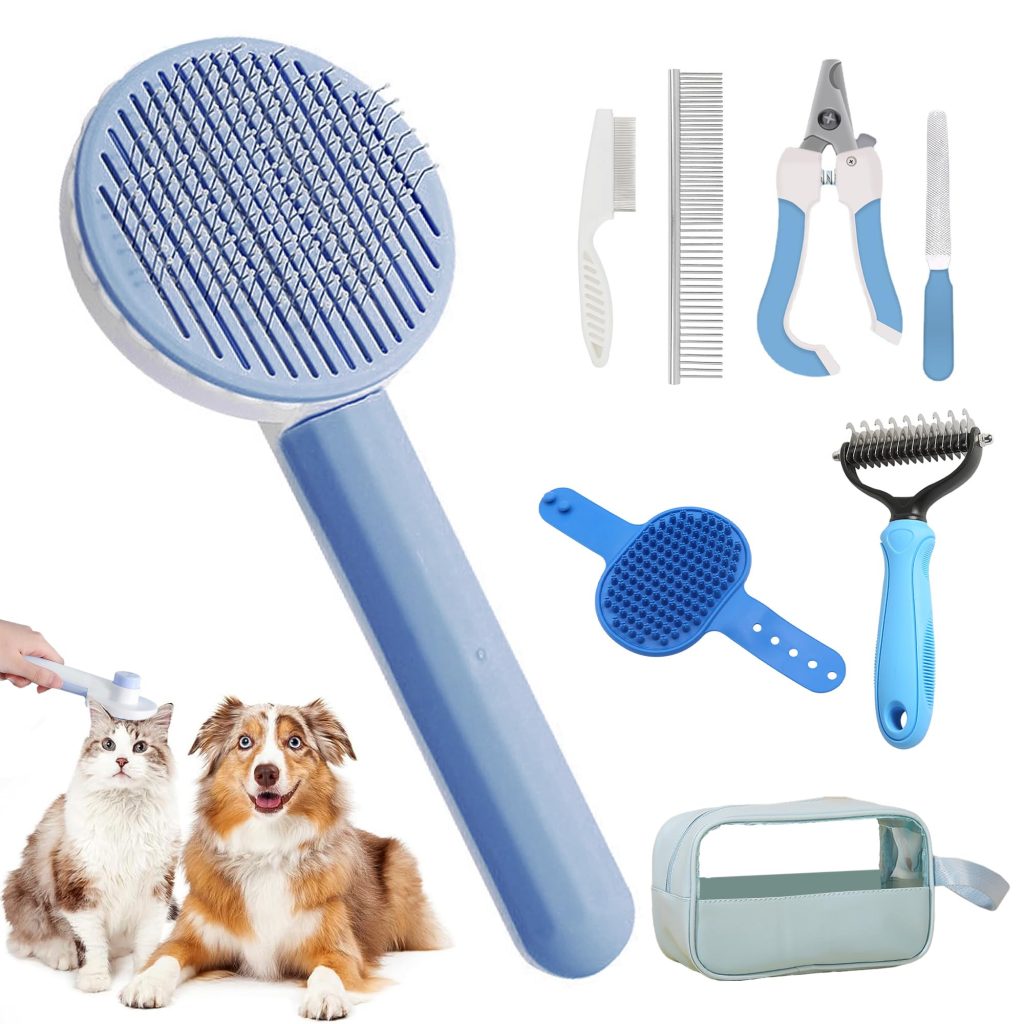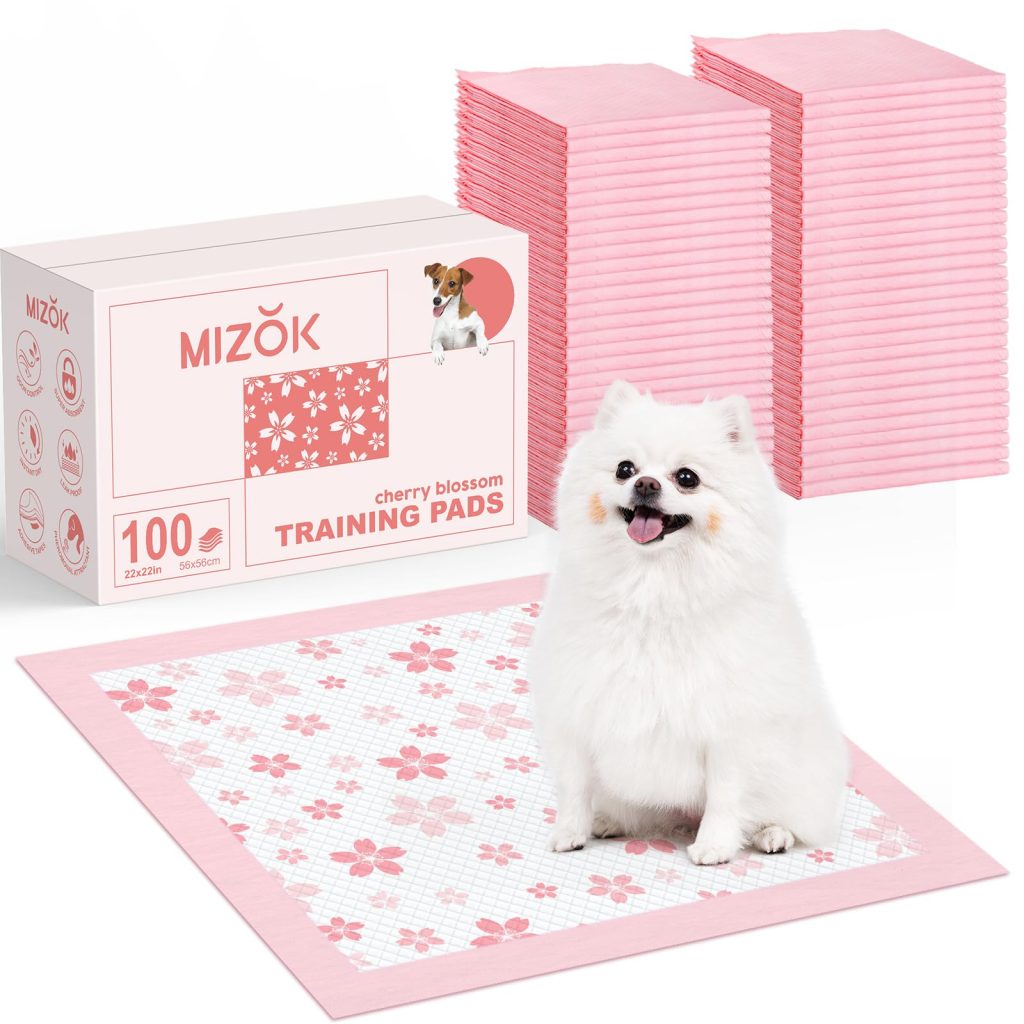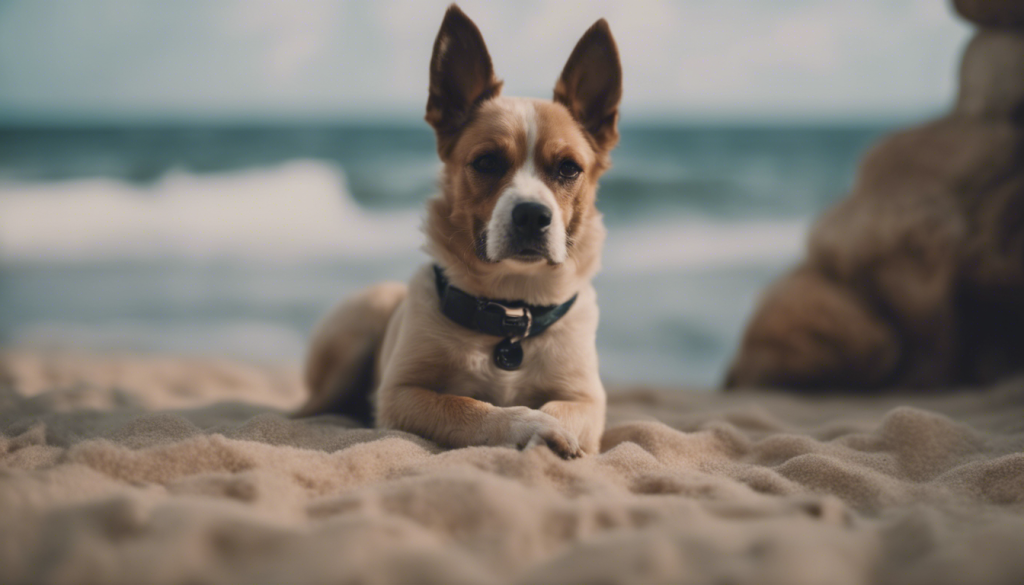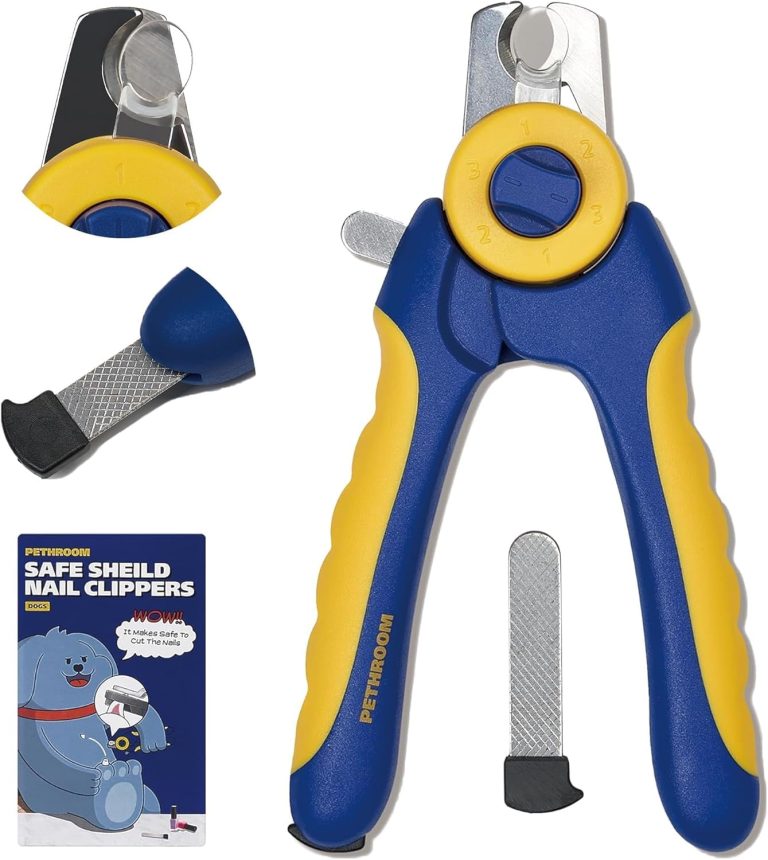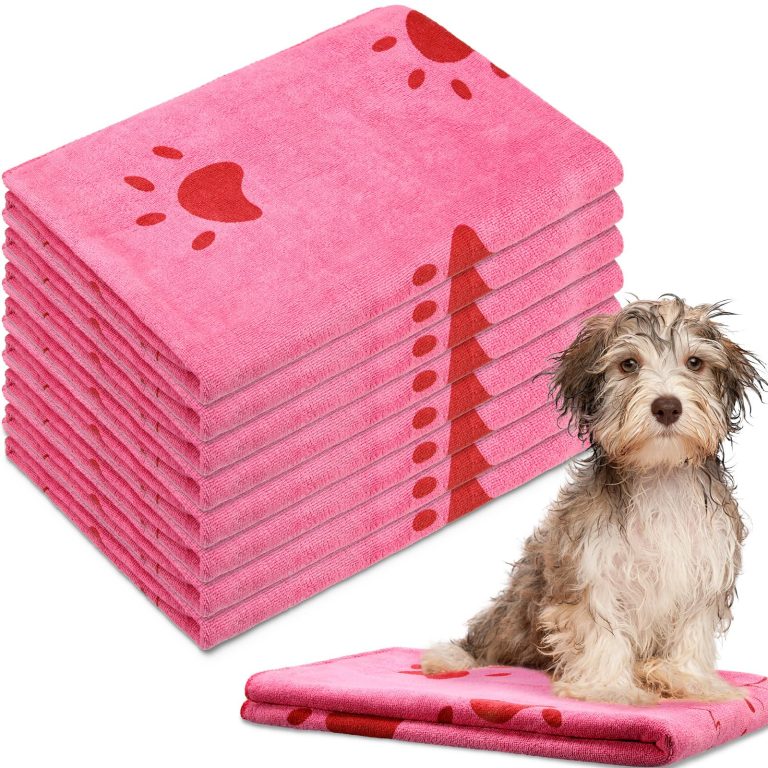Introducing Your Dog to the World of Agility Training
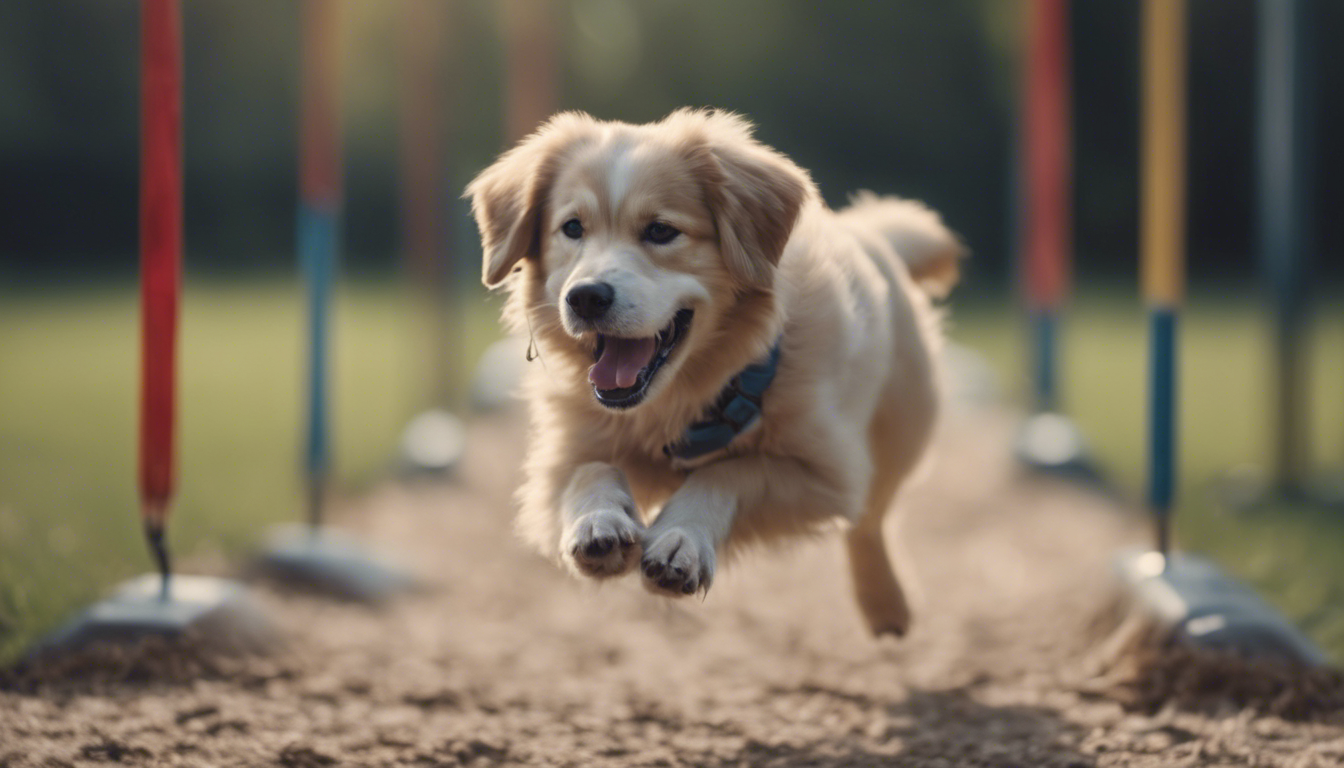
A well-behaved and mentally stimulated dog is a joy to be around. If you’re looking for an engaging and fun way to challenge your dog, agility training might be the ideal activity to introduce them to. Agility training is a competitive canine sport that involves navigating a course of obstacles, such as tunnels, jumps, weave poles, and ramps, while being directed by their handler.
Why Consider Agility Training?
- Physical Exercise: Agility training provides an excellent outlet for your dog’s pent-up energy, keeping them physically fit and promoting overall wellness.
- Mental Stimulation: The mental challenge of navigating obstacles and listening to commands helps to keep your dog’s mind sharp and focused.
- Bonding and Companionship: Working together as a team during agility training strengthens the bond between you and your dog, enhancing your relationship and trust.
- Confidence Boost: Successfully completing agility obstacles boosts your dog’s self-confidence and helps them overcome fears or anxieties.
Preparing for Agility Training
Before delving into agility training, it’s essential to ensure your dog has a good grasp of basic obedience commands. A few key commands include sit, stay, come, and leave it. These commands will come in handy during agility training sessions when you need to redirect your dog’s attention or keep them from becoming distracted.
Additionally, it is important to address any behavioral issues your dog may have before starting agility training. Aggression towards humans or other animals, excessive barking, or extreme fear can hinder progress and potentially create unsafe situations. Think consulting with a professional dog trainer to address these concerns and establish a solid foundation of good behavior.
Introducing Agility Equipment
Once your dog has a good foundation of basic obedience and behavior, it is time to introduce them to the agility equipment. Start with simple obstacles like jumps or tunnels and gradually increase the difficulty as your dog becomes more comfortable and confident.
Use positive reinforcement techniques, such as treats or praise, to encourage your dog to successfully navigate each obstacle. Remember to be patient and allow your dog to progress at their own pace. Forcing your dog beyond their comfort level can result in fear or anxiety and may hinder their progress.
Training Tips for Success
- Keep Training Sessions Short: Dogs have short attention spans, so keep training sessions brief, about 10-15 minutes, to maintain their focus and interest.
- Consistency is Key: Regular training sessions are important for reinforcing learned behaviors and maintaining progress.
- Make it Enjoyable: Keep the atmosphere light and fun during training. Use toys and treats to motivate and reward your dog for their efforts.
- Break it Down: Break complex obstacles into smaller steps, teaching your dog one component at a time. Gradually piece them together for a complete obstacle course.
- Be Patient: Every dog learns at their own pace. Stay patient and celebrate small victories along the way.
To wrap it up…
Introducing your dog to the world of agility training requires dedication, consistency, and a positive attitude. It is an excellent way to provide mental and physical stimulation while strengthening your bond with your furry friend. Remember, agility training should always be a positive experience for both you and your dog. So grab some treats, set up an obstacle course, and embark on this exciting journey together!
“The journey is more important than the destination.”
